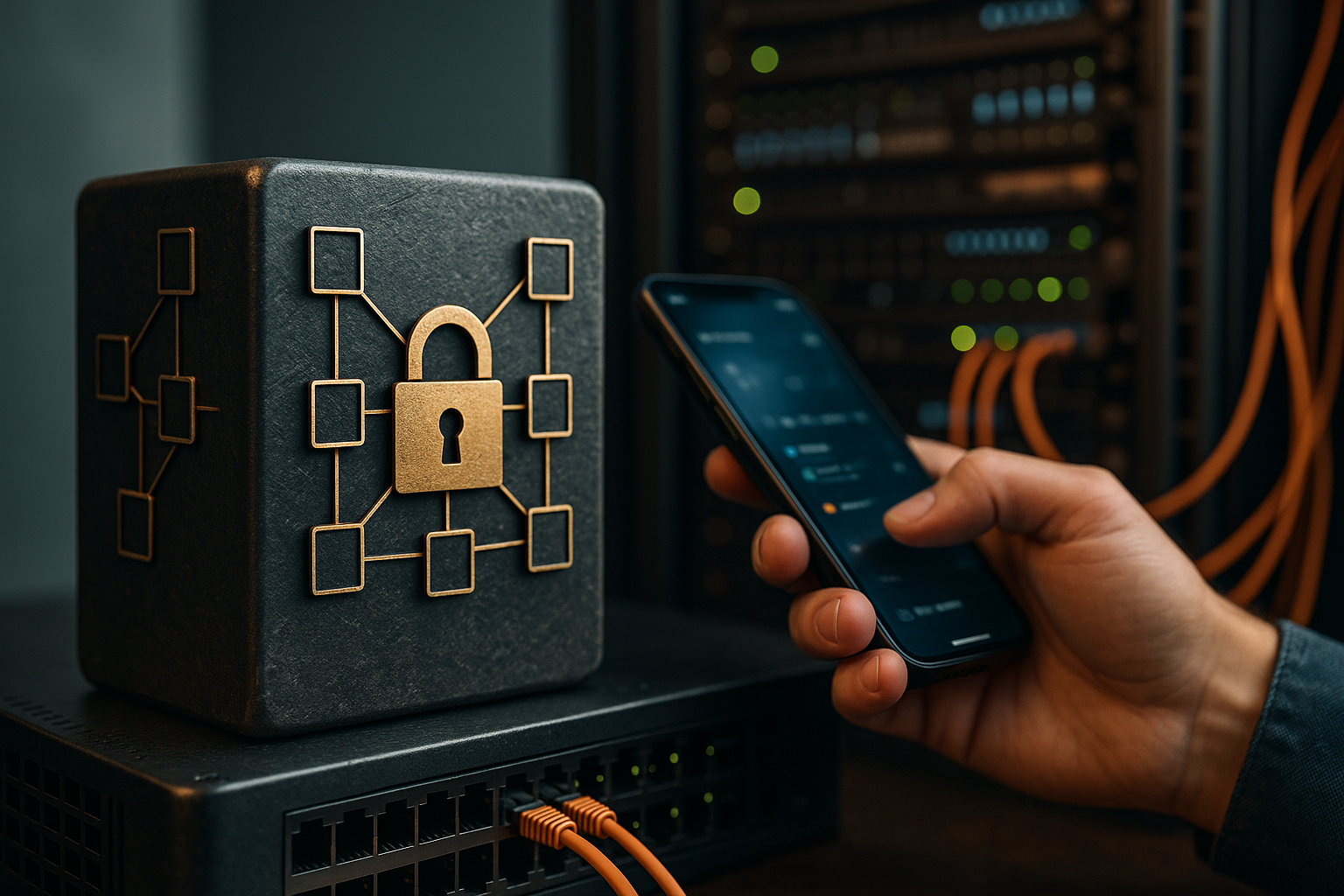Protecting Connected Devices: Access Control and Secure Pairing
Connected devices are now integral to homes, workplaces, and public spaces, but each new gadget increases the attack surface for unauthorized access. Effective access control and secure pairing minimize risks, protect data, and extend device lifespans. This article outlines practical strategies for securing devices through authentication, firmware hygiene, and lifecycle-aware maintenance.

How does cybersecurity protect connected devices?
Cybersecurity for connected devices focuses on preventing unauthorized access, protecting data in transit and at rest, and ensuring devices behave as intended. Access control mechanisms—such as strong, unique passwords, multi-factor authentication (MFA), and role-based access—limit who can interact with a device and what actions they can perform. Network segmentation keeps critical devices on restricted subnets, reducing the chance that a compromised peripheral can affect the whole environment. Regular monitoring and logging help detect unusual behavior early, enabling rapid containment. Together, these measures form layered defenses that reduce risk even when individual controls fail.
What role does firmware and encryption play?
Firmware is the operational code that runs hardware; keeping firmware updated is essential because vulnerabilities discovered after manufacture can be patched through firmware updates. Secure update mechanisms—cryptographically signed firmware and secure boot processes—ensure only authorized code runs on a device. Encryption protects data both during pairing and in normal operation: use strong TLS for network comms, device-level encryption for stored data, and encryption keys managed securely. When pairing devices, authenticated key exchange protocols prevent man-in-the-middle attacks and unauthorized pairing attempts, ensuring that paired keys truly belong to trusted endpoints.
How to secure IoT and networking connections?
IoT devices often join home or office networks with minimal user interaction, so designing secure onboarding is critical. Use out-of-band methods or QR-code provisioning combined with short-lived tokens to bootstrap trust. Change default credentials before network access and restrict device access with guest networks or VLANs for segregated traffic. Disable unnecessary services and use up-to-date networking encryption (WPA3 where available). Firewalls, intrusion detection, and automatic firmware updates reduce exposure. Consider certificate-based authentication for devices that support it, as this scales better than manual password management for large deployments.
How to manage compatibility, peripherals, and storage?
Compatibility matters when integrating peripherals like printers, storage devices (SSD, HDD), and sensors. Choose devices with vendor-supported firmware update paths and clear documentation for secure configuration. For storage, prefer SSDs or HDDs with hardware encryption options when sensitive data may be stored locally. Implement consistent backup strategies—local snapshots plus encrypted offsite copies—to guard against hardware failure or ransomware. Test interoperability in a controlled environment before wide deployment to avoid creating security gaps due to incompatible drivers, outdated protocols, or mismatched security capabilities.
What maintenance, upgrades, and backup practices help?
Establish a maintenance schedule that includes regular firmware and software updates, periodic credential rotation, and review of access logs. Plan upgrades with compatibility and rollback strategies; keep backups of device configuration and user data so you can restore service without exposing credentials. Automated patch management reduces human error, but validate updates in a staging environment for critical systems. Backup routines should include redundancy—local backup for quick restore and remote or cloud backup for disaster recovery—while ensuring backups are encrypted and access-controlled.
What about battery life, e-waste, and sustainability?
Battery health affects device availability and security: degraded batteries can lead to sudden shutdowns during updates or fail to power security features. Monitor battery status and replace cells according to manufacturer guidance. When decommissioning devices, follow secure wipe procedures to remove sensitive data and choose recycling programs that handle e-waste responsibly. Sustainability intersects with security: extending device life through upgrades and maintainable firmware reduces e-waste, but only if security is preserved. Balance upgrades and repairs with safe disposal to minimize environmental impact while protecting data.
Conclusion
Protecting connected devices requires a mix of technical controls and practical lifecycle management. Access control and secure pairing establish initial trust, while ongoing firmware hygiene, encryption, network design, and maintenance preserve that trust over time. Attention to compatibility, backup, and responsible end-of-life handling keeps systems resilient and sustainable. Treat security as an ongoing process that evolves with device capabilities and threat landscapes rather than a one-time setup.





